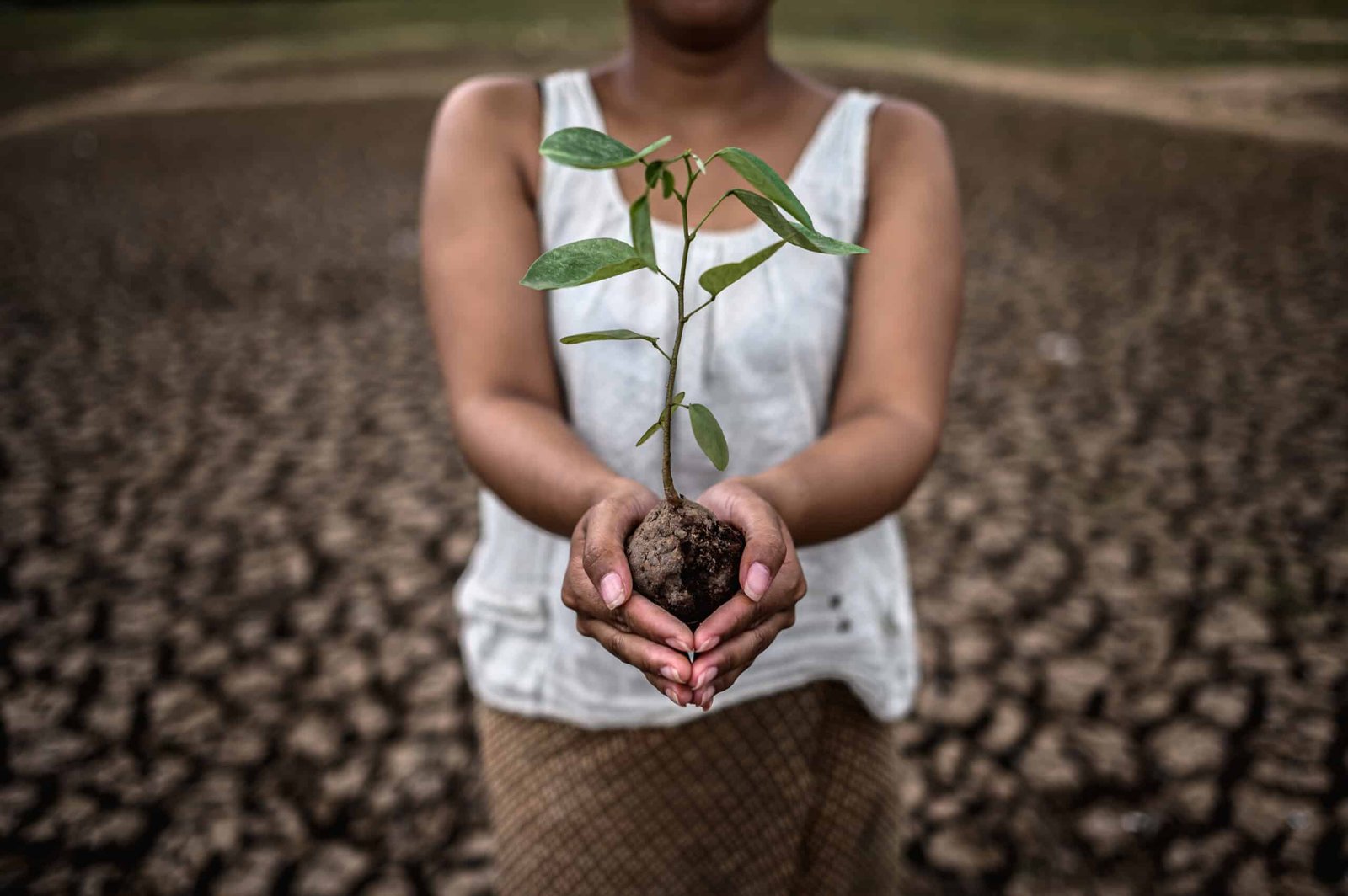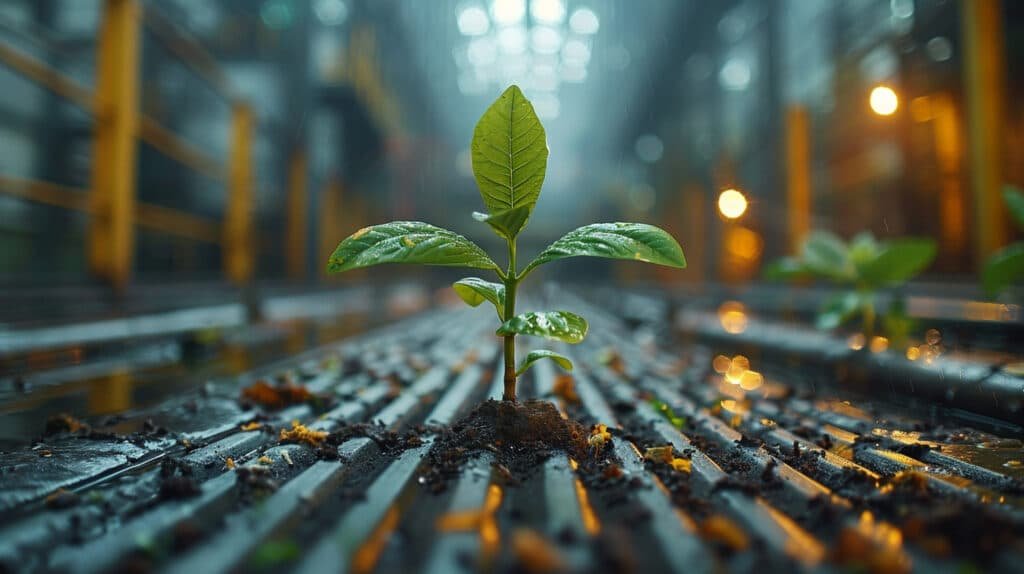Latest News
Degrowth and the Reimagining of Indian Agriculture | Toward a Sustainable Rural Future

Indian agriculture from a degrowth perspective, we can dispel the myth of unending growth and provide a route to sustainability, equity, and rural revitalisation. Degrowth, or a planned reduction in output and consumption for ecological balance, is becoming more and more popular around the world as climate change, resource depletion, and rural suffering worsen. This idea is especially pertinent to India’s agriculture industry, which has long been pressured to industrialise and intensify its use of chemicals.
🌾 What is Degrowth in the Context of Agriculture?
Degrowth does not mean de-development or poverty—it advocates for:

-
Smaller ecological footprints
-
Redistribution of resources
-
Prioritizing well-being over GDP growth
-
Sustainable, localized economies
In agriculture, this translates to shifting away from yield-maximization at all costs and moving toward soil health, food sovereignty, biodiversity, and farmer autonomy.
📉 Why Indian Agriculture Needs Degrowth
India’s Green Revolution helped avoid famine but came with long-term costs:
| Challenge | Degrowth Perspective |
|---|---|
| Declining soil fertility | Focus on organic, regenerative practices |
| Water scarcity | Shift to less water-intensive crops |
| Farmer indebtedness | Promote low-input, low-risk farming |
| Loss of biodiversity | Reintroduce indigenous seed varieties |
| Urban-rural inequality | Strengthen local food systems and rural livelihoods |
The high-input, high-output model has led to ecological overshoot and economic vulnerability. Degrowth offers a way to re-center agriculture on ecological balance and community resilience.
🌱 Key Principles of Degrowth-Based Agriculture
-
Agroecology over Agrochemicals
Replace synthetic inputs with composting, natural pest control, and intercropping to enhance soil health and biodiversity. -
Local Markets over Global Supply Chains
Shorten the food supply chain to reduce emissions and ensure farmers retain more value. -
Decentralization
Empower farmer producer organizations (FPOs) and gram sabhas to plan for local needs and agro-climatic realities. -
Low-Cost Technology
Encourage appropriate technologies like biofertilizers, rainwater harvesting, seed banks, and hand tools instead of expensive mechanization. -
Value Sufficiency over Yield Maximization
Focus on producing enough diverse food for nutrition and local consumption rather than chasing export quotas.
🧑🌾 Degrowth in Practice: Case Studies from India
📍 Andhra Pradesh’s Natural Farming Drive
The Community Managed Natural Farming (CMNF) initiative across 13 districts has helped over 8 lakh farmers shift to low-input farming, reducing their costs and improving soil quality.
📍 Maharashtra’s Millet Revival
Farmers in tribal regions have revived millet cultivation—a climate-resilient, low-input crop—supported by NGOs and state procurement for midday meals.
📍 Sikkim’s Organic Policy
As India’s first fully organic state, Sikkim exemplifies how state-driven degrowth strategies can simultaneously protect the environment and farmers’ interests.
💰 Economic Implications: Beyond GDP
Degrowth shifts the emphasis from national GDP to rural well-being indicators, such as:
-
Farmer debt levels
-
Soil organic carbon content
-
Nutritional diversity in diets
-
Water table depth
-
Migration rates from rural areas
A degrowth-aligned agricultural model would prioritize smallholders, women farmers, and indigenous communities, enabling dignified rural livelihoods without ecological exploitation.
⚖️ Policy Suggestions for a Degrowth Transition
-
Redirect Subsidies
Move support away from fertilizers and large-scale irrigation to natural farming, composting units, and rainwater harvesting. -
Support Local Food Economies
Provide incentives for local procurement, decentralized storage, and village-level food processing. -
Land Reforms and Commons Management
Strengthen access to land, water, and forests through community ownership and co-management models. -
Education and Extension
Promote farmer training in agroecology, seed saving, and ecological indicators instead of focusing only on yield or export readiness.
Cultural Shift: From Consumerism to Earth Stewardship
Degrowth also calls for rethinking consumption patterns, especially among urban populations. Reduced food waste, local and seasonal diets, and supporting direct-from-farmer models (like farmer markets or CSA) are essential components of a citizen-driven degrowth movement.
Conclusion
Degrowth offers a bold yet necessary vision to reimagine Indian agriculture beyond extractive models. By prioritizing local resilience, soil health, and farmer dignity, India can move toward an agricultural system that feeds people, not profit margins. As ecological and social limits close in, a degrowth-oriented approach presents a way forward for thriving rural communities, environmental regeneration, and true food sovereignty. Now is the time to shift from short-term yields to long-term sustainability.
🙋 FAQs on Degrowth and Indian Agriculture
Q1. Does degrowth mean reduced income for farmers?
A: Not necessarily. Degrowth promotes low-cost, low-risk models that reduce dependency on external inputs and debt, increasing net income and resilience.
Q2. Can degrowth feed India’s population?
A: Yes. Studies show agroecological models can ensure food security if paired with better food distribution, reduced waste, and dietary changes.
Q3. Is degrowth the same as going back to traditional farming?
A: Degrowth combines traditional wisdom with modern ecological science, focusing on sustainability and sufficiency, not stagnation.
Q4. Which crops are ideal in a degrowth model?
A: Millets, pulses, oilseeds, and diverse indigenous vegetables—all low-input, nutritious, and suited to regional climates.
Q5. What role can youth play in degrowth-based farming?
A: Youth can lead in agroecology, food startups, seed networks, and building decentralized digital tools for knowledge and market access.













